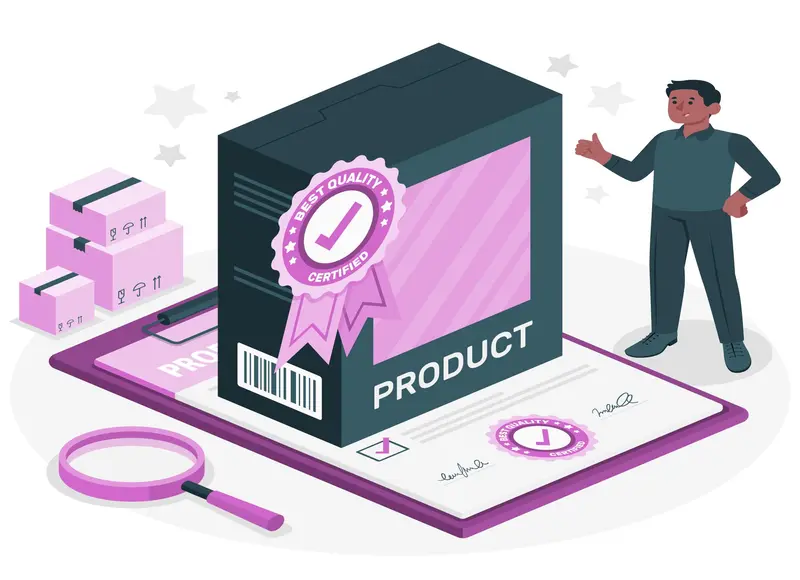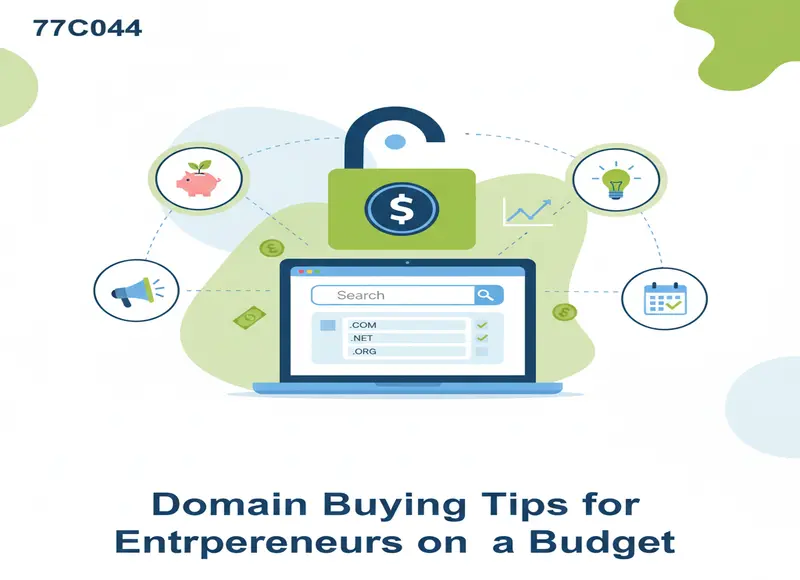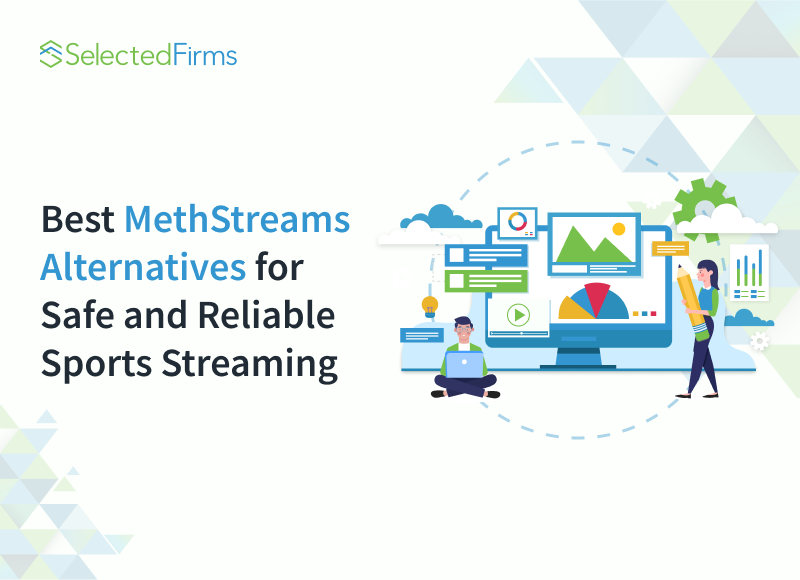Table of Contents
Discover the perfect moment to kickstart your product development journey with our insightful guide, "When Is the Right Time to Start Building Your Product?"

In the feverish race of innovation, companies frequently find themselves asking: “When should we start building?” Entrepreneurs and product leaders naturally feel the urge to jump in and launch something quickly. But in those first critical moments, impulse can pull a business radically off course.
It's easy to get excited and start building a product as soon as a new idea comes up. Many people rush in, hoping to grab the opportunity before it disappears.
But after more than ten years of helping clients through both successful and challenging launches, I’ve learned an important lesson. Building a great product isn’t about moving fast. It’s about knowing the right time to take action.
There’s a delicate balance between waiting too long and starting too early. Get ahead of yourself, and you risk building in the dark, chasing an imagined user. Move too slowly, and windows of opportunity vanish. Let’s break down how seasoned founders can time their product development intelligently, with a fast launch and a sustainable trajectory for growth, with this article.
The Cost of Rushing In
Great products are rarely created through rushed coding sessions after a quick brainstorming idea. Many well-known tech companies started building their products only after spending months on research, testing ideas, and careful planning. This ensured their steady development and sustainability without vague beliefs.
Plunging in blindly can result in:
- Sinking precious capital into the wrong features
- Building for a market that doesn’t exist
- Skip the true request of your audience
- Overcomplicating your MVP
- Team burnout as priorities swirl without direction
- Losing credibility with investors, users, or early hires
I’ve consulted with founders who had to scrap months of work after realising they weren’t solving a pressing need. In every case, the paid cost wasn’t just financial; it was emotional and reputational as well.
Recognizing the False Starts
The early stages of idea validation feel intoxicating. A swirl of feedback, excitement, and possibility make it feel like tomorrow is the only acceptable day to start building. Yet, those who pause to ask the toughest questions often leap farther.
Signals of a premature start include:
- Relying on gut feeling rather than data to define your product
- Changing the vision every other week as new feedback trickles in
- Feeling pressure to impress investors or co-founders with visible progress
- No clear articulation of your target market’s burning problem
While these symptoms feel like virtuous hustle, they signal deeper strategic gaps. Often, the foundations still need reinforcement.
Checklist Before You Build
Years of product consulting and business analysis have convinced me that taking a pause to run through a rigorous checklist is vital. This reduces both missteps and missed chances. Here’s what to have in place before the first commit is made:
1. Validated Problem Statement
- Can you succinctly state the problem you’re solving?
- Will your target user agree, “Yes, this is my problem”?
2. Market Evidence
- Have you talked to potential users and documented their responses?
- What data did you collect from interviews, surveys, or trials?
3. Competitive Awareness
- Do you clearly understand how others are addressing this problem?
- What can you do better or differently?
4. Well-defined Success Metrics
- What does success look like for your MVP?
- How will you measure product-market fit?
5. Resource Assessment
- Is your founding team assembled, and do you have the right skills on hand?
- Have you mapped your budget realistically for the next 12 months?
6. Launch and Feedback Plan
- How will you get your early MVP into hands for feedback?
- What’s your process for learning and iteration?
If you can answer these questions with evidence instead of guesswork, your timing might be right.
The Importance of User Validation
Building in isolation is one of the fastest routes to product irrelevance. Instead, real user voices must shape your direction. Before writing a single line of code, invest effort into:
- Conducting detailed interviews with potential customers
- Creating interactive prototypes with no-code tools to validate assumptions
- Testing pricing willingness and core value proposition
These activities may seem to delay progress, but in my experience, they provide a multiplier effect later in development. A classic example is a founder who invests heavily in a sleek mobile app experience, only to learn later their segment actually prefers web applications or even simple integrations.
Gauging Market Timing
There’s another dimension to timing that’s often overlooked — market readiness. Even with a validated solution, external factors can tilt the odds. The market can be unprepared for a solution even if it secretly requires it. Ask yourself:
- Are there broader trends or regulatory changes that make now the right time?
- Are there any cultural or economic peculiarities in your intended market?
- Has technology matured enough to support what you want to build?
- Do users have the pain or urgency you believe they do?
- Are there new competitors about to launch, or existing players shifting their focus?
Examples abound in tech where a concept failed not because of the product, but because the environment just wasn’t prepared. Years later, the same concept, dusted off and attuned to market tailwinds, can catch fire.
Experimentation: Building Just Enough
Instead of a “big bang” launch, build in controlled increments where each step buys you new learning. The lean methodology still offers the best pattern: develop the smallest testable product, get it into user hands, and iterate.
Some effective tactics:
- Build high-fidelity clickable prototypes before investing in development
- Use landing pages to test messaging and collect early adopter interest
- Offer concierge versions (“manual MVPs”) to observe user behavior before automating
If your experimentation validates core assumptions, you’ll know with confidence it’s the right time to invest in product development on a larger scale.
Signals That You’re Ready
After years of walking clients through these decisions, I’ve seen several consistent indicators that signal the time is truly right to build:
- You can confidently describe your “ideal customer” in vivid detail
- Multiple non-connected users express willingness to try or even pay for your solution
- There’s a clear, documented gap in current market offerings
- You and your core team have commitment and skills to execute (or have built relationships to fill gaps)
- There’s an actionable roadmap, not just a vision statement
When these are true, your risk of building the wrong thing drops dramatically. The energy you pour into the work fuels not just development, but user relationships and early community growth.
The Strategic Commitment Mindset
Shifting from “maybe” to “committed” changes everything. Early on, indecision protects against overextension. However, once the vital checks are in place, delay does more harm than good. The market rewards those who not only research well but who can pivot rapidly based on early feedback.
Aim for progress, not perfection. Be open and honest with stakeholders, focus on real results, and keep learning at every step. This helps you stay on track and deliver what truly matters.
Mistakes to Avoid
More often than not, companies falter not because of a lack of passion or talent, but through repeating classic misjudgments. Some of the most common include:
- Skipping the research phase: Assuming you “know” the user because you are one (you probably aren’t entirely representative).
- Overbuilding the MVP: Cramming every feature you hope for into the first release instead of focusing on the must-haves.
- Failing to iterate: Treating early development like a straight shot toward launch rather than a cycle of learning.
- Turning feedback into scope creep: Allowing every input to derail focus and bloat the roadmap.
The most effective founders set clear boundaries around core value while maintaining just enough flexibility to respond to meaningful feedback.
Early Signs of Traction
Once you’ve timed your start smartly and begin to ship iterations, look for the subtle signs of real traction:
- Users coming back without prompting
- Word of mouth referrals or viral spread among a community
- Early revenue, even if modest
- Interest from potential partners or press
- Data showing that your core use case is sticky, even if “nice to have” features are ignored
These signals are your green light to ramp up development. And if you don’t see them? Don’t be afraid to pivot with the new insights your experiments have surfaced.
Building for the Long Game
Many founders see product development as a sprint to launch day. In fact, the companies that endure view it as a marathon, one where early steps set the pace for sustained momentum.
Here are principles to carry with you as you time your product development:
- Always anchor the process in user feedback and measurable insight.
- Don’t let fear of competition drive panic-based timelines.
- Before investing significant engineering resources, remain receptive to "no code" and low-fidelity approaches.
- Tell your team up front what you know and where you are still collecting evidence.
- Consider each micro-launch as a step in the process rather than a final step.
Asking for Help Increases Odds of Success
Smart founders recognize the value in getting guidance from those who have walked the path before. Partnering with a software product development company can bring outside perspective, industry expertise, and technical talent exactly when you need it most, not too soon, and not too late.
A trusted partner can help you:
- Conduct market or technical feasibility assessments
- Facilitate user research sprints
- Architect scalable MVPs aimed at learning before scaling
- Pivot quickly if early signals suggest a new direction is needed
In my experience, reaching out to experts has seldom added risk — when done early in a disciplined process, it accelerates clarity and momentum.
If this approach speaks to you, and you want to get the timing right, don’t hesitate. Your next step could make all the difference. Talk to a team with the deeply ingrained habits and experience to guide your vision into reality. Great products are built at the right time, not the fastest time.
Recent Blogs
12 Best MethStreams Alternatives for Safe and Reliable Sports Streaming in 2026
-
18 Dec 2025
-
12 Min
-
37
Real World Digital Transformation Use Cases in Real Estate, Tech, and Recruiting
-
17 Dec 2025
-
6 Min
-
145








